After experimenting with different popular bookbinding methods, I will now take a look at a lesser known technique, known as Chinese Dragon Scale Binding.
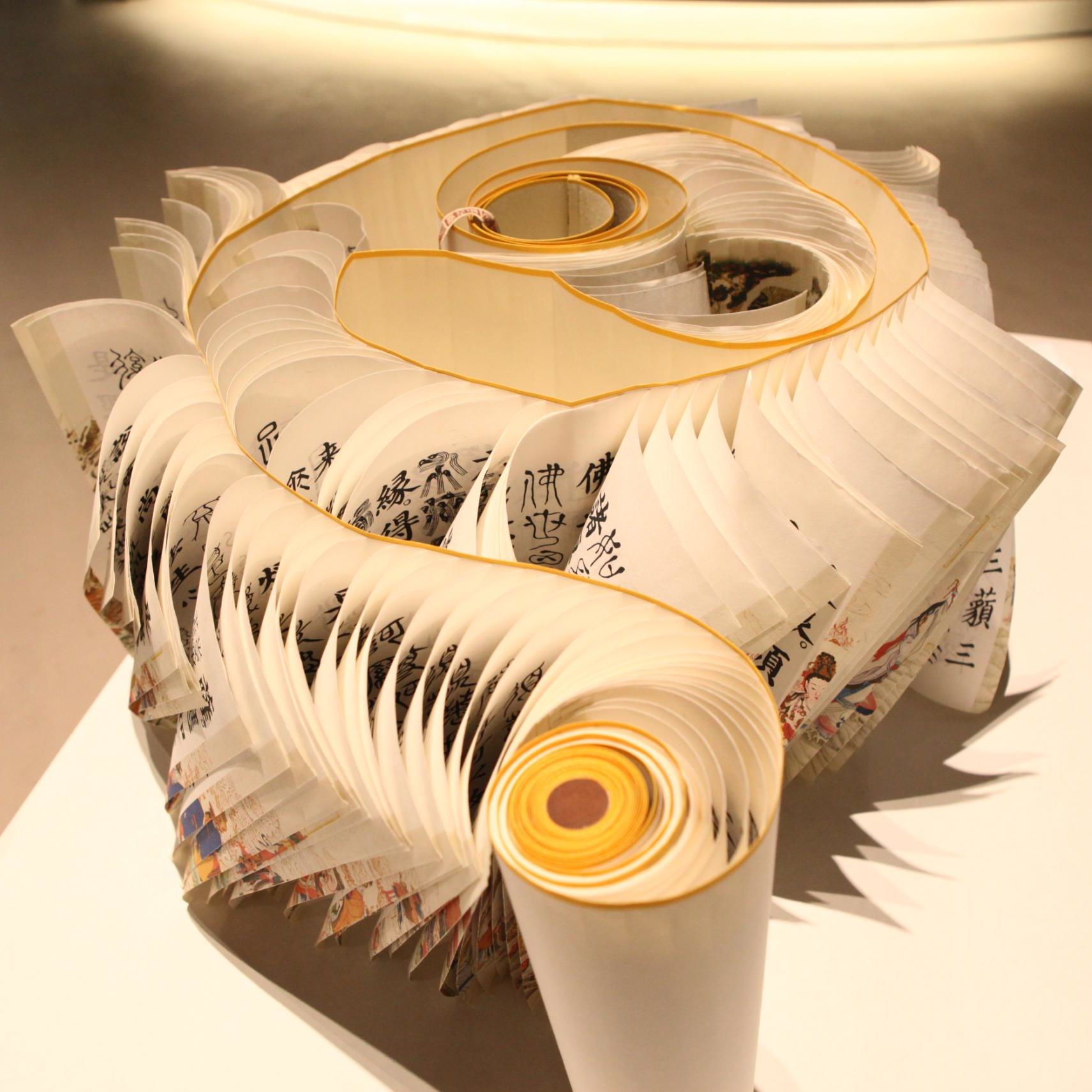

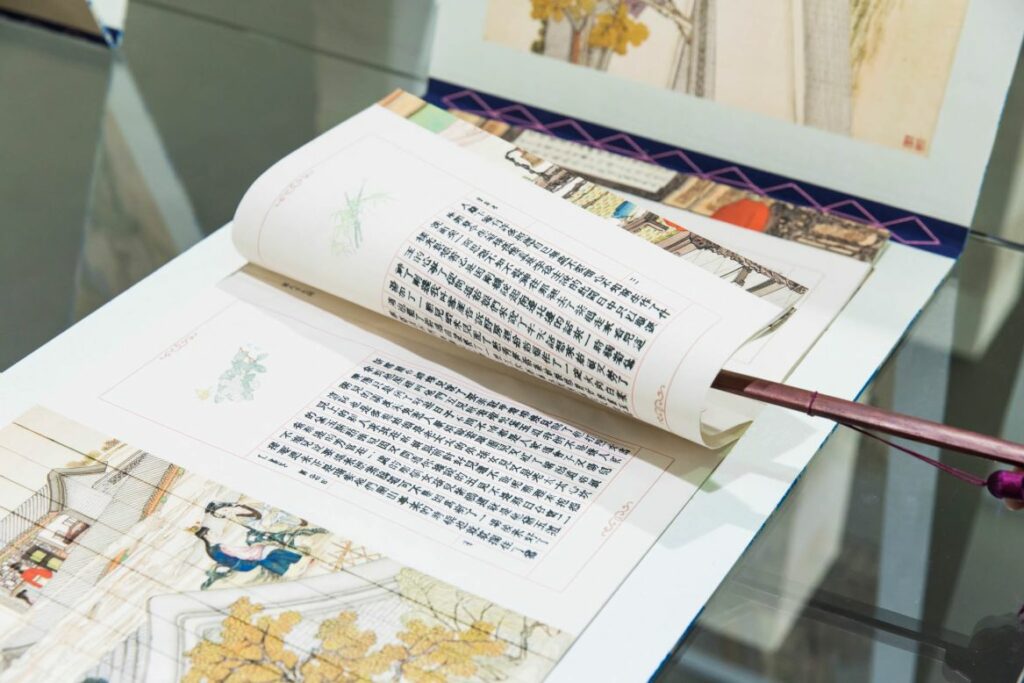
On the line between craftmanship and art, this ancient Chinese way of bookbinding dates back to the Tang dynasty and has a tradition of more than 1,000 years. Generation to generation it has been passed down between high-ranking members of society, like royals and upper class families. Its name stems from the appearance of the finished product – the pages overlapping resemble the scales on the skin of a dragon.
This method was an early attempt to resolve the issue of the awkwardness of handling lengthy scrolls. A dragon scale bound book is still a scroll, but contains pages that are pasted in by their edges. The pages are stacked, with the shortest page on top and longest page at the bottom. The book can then be rolled up like a scroll, but pages could be turned in the manner of future binding styles. It has some flaws though, as the individual pages have a tendency to roll up on their own when the scroll is unraveled.
A Brief History of Chinese Bookbinding
1,700 years before the invention of paper, the first bodies of Chinese writing appeared during the Shang Dynasty. These were oracle bones used for divination, written on turtle shells and ox scapulae. For the first bound books bamboo was used. Since bamboo grows in form of a cane, it needed to becut into long, vertical strips. Each strip contained one column of carved text, and the strips were bound together with string and rolled up. The bound books were both sturdy and waterproof.
105 AD is traditionally named as the date of the invention of paper. An official named Cai Lun created a sheet for the court out of a mixture of materials including morus skin, bast fibers, fishnets, and hemp. The technique of papermaking quickly spread throughout China and other parts of Asia. Along with the widespread use of paper came the need for new bookbinding techniques. The first form of binding for paper books was scroll roller binding. Scrolls developed from the long, vertical silk banners that were hung on walls to display calligraphy in earlier times. Paper strips with images and writing could now be pasted onto the fabric in handscrolls, which could be laid flat on a table and read section by section. The oldest printed book in the world, dating to 868 AD, was made with this technique.
Over time, the inconvience of rolling and unrolling scrolls sparked new innovations in binding. The first new style to develop was folded sutra binding, also known as concertina binding, in which the scroll was folded like an accordion, and typically held between two wood blocks. This allowed readers to quickly find the desired section.
The first instance of the Chinese book breaking away from the scroll format was found in butterfly binding. Butterfly-bound books were made by folding sheets of paper in half. The folded edges could then be stacked together so that the edges formed a spine. The manner in which the pages opened resembled the fluttering of a butterfly’s wings. Due to their sturdiness and convenience of use, by the Song Dynasty (960-1279), butterfly books were the most common ones.
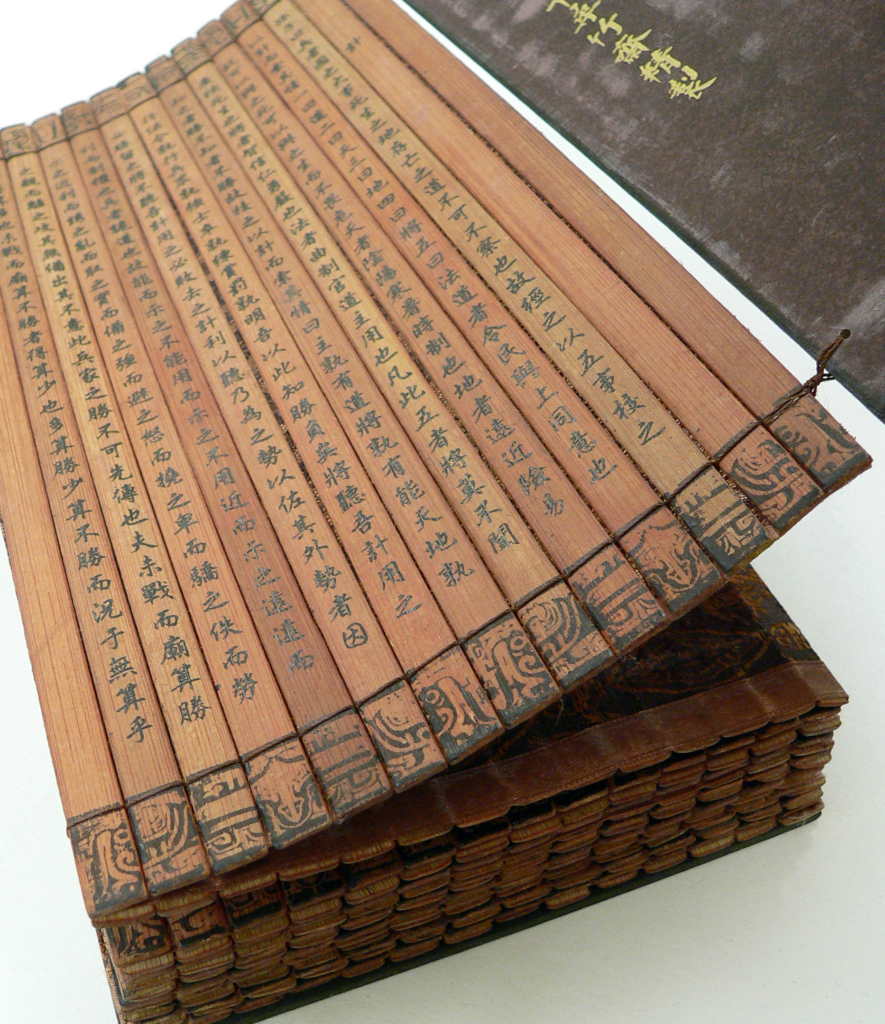
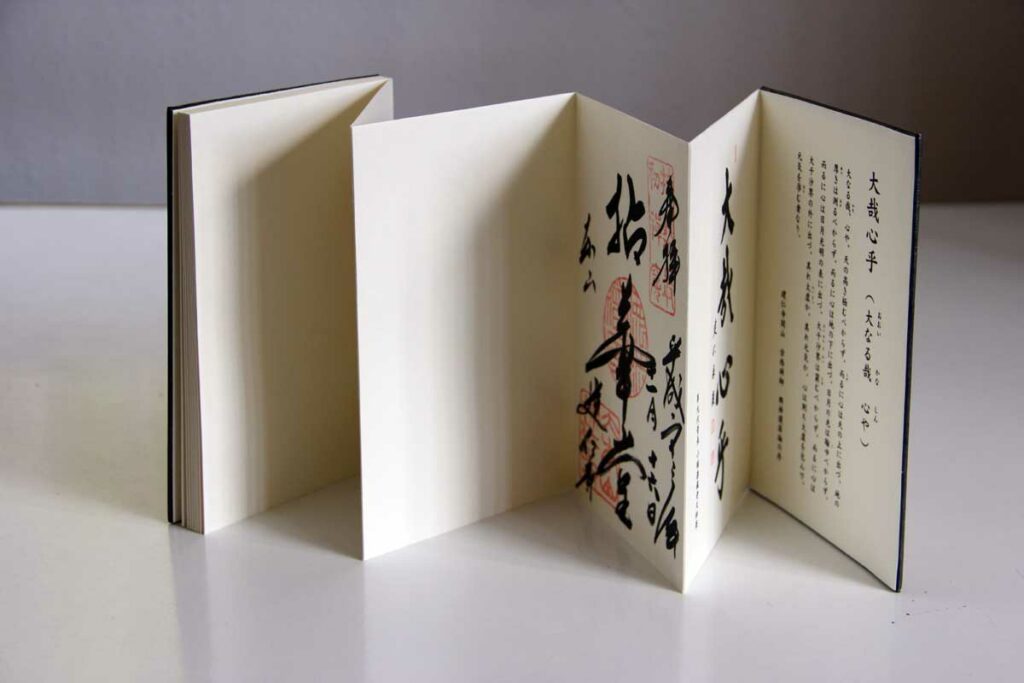
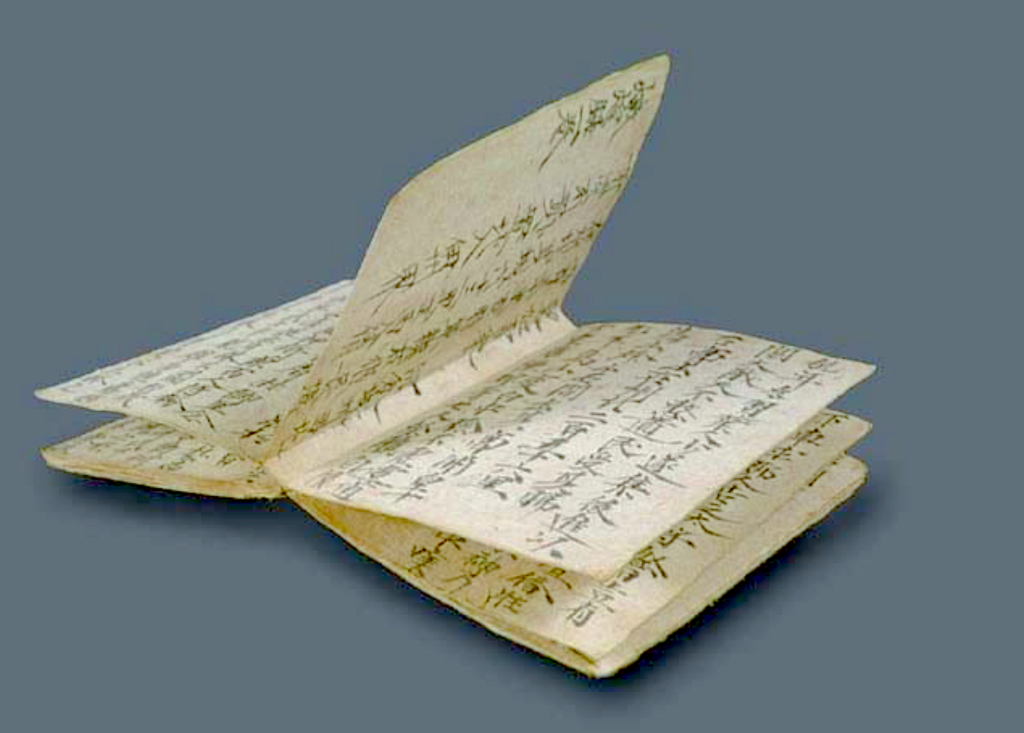
The final phase in the development of Chinese book binding, called stitched thread binding, became the norm in the Ming Dynasty (1368-1644). Improvements in paper allowed for more detailed, multicolored printing. Sheets of paper were bound with white silk thread and placed within a cover made of stronger paper backed with silk. Oftentimes threaded books were placed within a box made of wood and covered with silk. While stitched thread binding is largely not used anymore today, traditional scrolls and concertina binding techniques have survived modern times.
The Revival of Dragon Scale Binding
Over the course of time, the majority of dragon scale books were either lost or damaged. Before artist Zhang Xiaodong started researching on the topic and slowly reviving dragon scale binding, it was therefore at risk of becoming just another part of history and being replaced by more modern ways of bookbinding. With only one dragon scale book as an example, he spent years learning, experimenting and perfecting the craft.
Zhang undertook visits to ancient towns and heritage sites to acquire traditional bookbinding materials like rice paper, bamboo, silk, and wood. The next stage of the binding process proved to be the most critical and challenging: ensuring precise positioning of every page.
In order to create a complete picture, each sheet of paper needs to be placed meticulously in exactly the right place. An error of just a hundredth of a centimeter can result in a significant and noticeable flaw when a book’s hundreds of pages are displayed together.
Despite Zhang’s work, dragon scale bookbinding remains an endangered form of art. But growing efforts in China to preserve the country’s cultural heritage and the interest in traditional Chinese art of young artists gives hope that this ancient technique will stay alive.
Sources:
https://edition.cnn.com/style/article/china-ancient-art-dragon-scale-bookbinding/index.html
https://english.gov.taipei/News_Content.aspx?n=8988BC727AE3A8A3&s=28C27DCA614D99BA